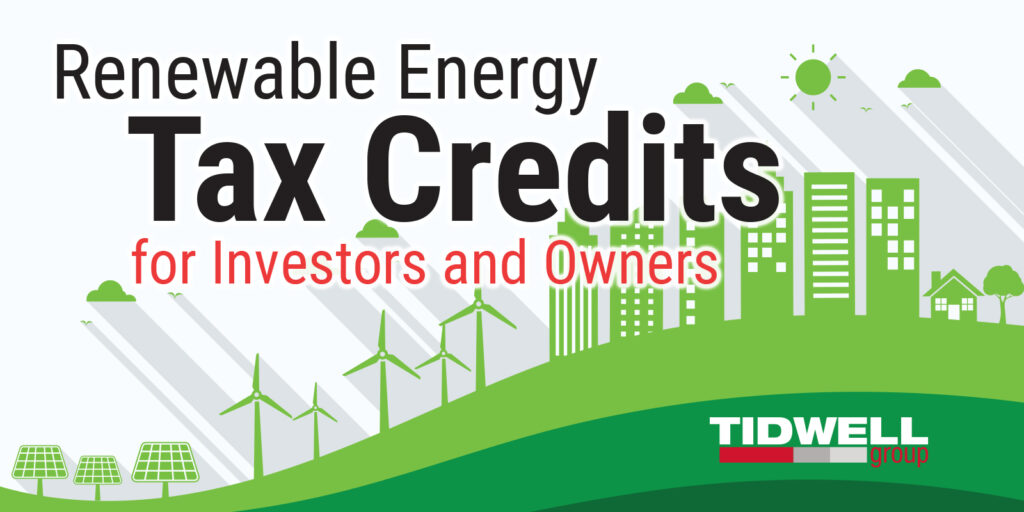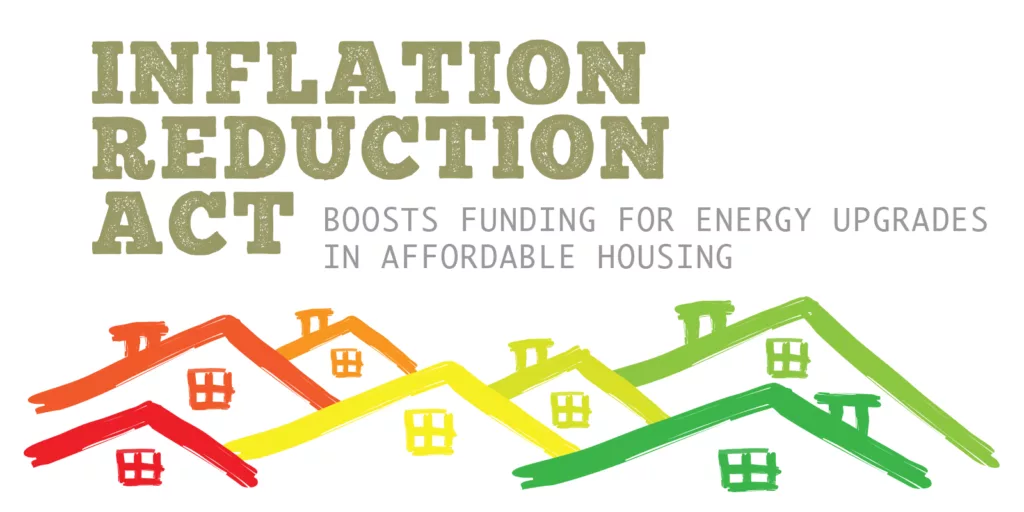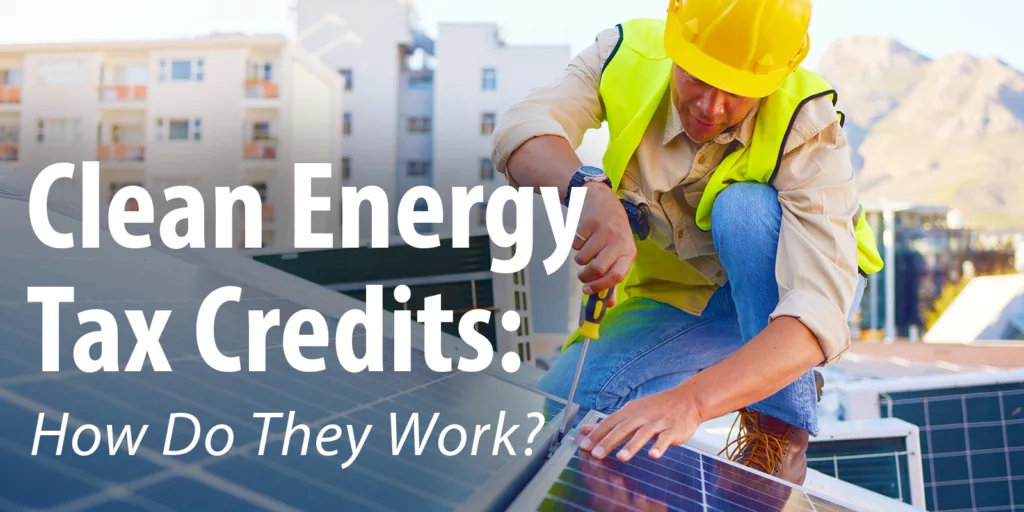The Inflation Reduction Act has changed the game for energy tax credits in affordable housing and real estate. Our recent article outlines your opportunities.
Inflation Reduction Act: Energy Tax Credits
Encouraging investment in clean, renewable, and sustainable energy, The Inflation Reduction Act of 2022 (the Act) mirrors many of the Build Back Better plan initiatives while acknowledging the real challenges of transitioning away from fossil fuels.
In addition to restoring the IRS Section 45 production tax credit (PTC) and Section 48 investment tax credit (ITC) to their full pre- “phase-out” rates, the Act replaces the existing renewable energy credit system with a “base” credit and a “bonus” credit two-tiered system for properties placed in service after December 31, 2024:
- Base Credit equal to 20% of the maximum credit
- Bonus credit equal to an additional 80% of the maximum credit available (only if prevailing wage and apprenticeship requirements are satisfied with the relevant project)
Having expired at the end of 2021, the 45L Tax Credit was retroactively extended for the 2022 tax year and effective through the end of 2032. Starting in 2023, the maximum tax credit increased to $5,000 per dwelling unit for single- and multi-family developments.
Energy efficiency criteria also changed to align with Department of Energy programs for Energy Star and Zero Energy Ready Homes. The Act stipulates that high-rise developments could now become eligible for credits when installing qualifying energy-efficient appliances and systems.
Advocates for the construction industry, such as the NAHB, have voiced concerns that both wages and the cost of construction will increase to satisfy the prevailing wage and apprenticeship requirements. It remains to be seen how the US Treasury will respond to requests for exceptions or how such requirements may negatively affect consumer affordability.
Expansion of 179D Tax Deduction
The Act also increases the permanent 179D tax deduction from the current maximum of $1.88 per square foot in 2022 to $5 per square foot, which now applies to multi-story buildings.
Tax-exempt building owners (such as nonprofit developers) will gain the ability to allocate 179D tax deductions to project architects, engineers, and designers of energy-efficient systems. This opportunity may support more flexible project cost negotiations for new construction and energy-efficient retrofits.
Measures for Additional Energy Tax Credits
Under the new energy credit system, projects can qualify for several incremental energy tax credits beyond the “base” and “bonus” amounts if meeting specific additional criteria.
One requirement involves using “domestic content,” that is, steel, iron, or other manufactured products in the United States. If a specified percentage of the total cost of components is attributable to components mined, produced, or manufactured in the U.S., then the project could qualify for a 10% increase to the base and bonus credits.
Projects in an “energy community” could qualify for a 10% increase to the base and bonus credits. These are defined as brownfield sites, communities that derived a large portion of revenue from fossil fuel production and experienced high unemployment rates or are located in census tracts in which a coal mine or coal-fired electric plant closed.
Incremental credits will also be given for wind and solar projects of 5 megawatts or less that are located in a low-income community or are part of a qualified low-income residential building.
A taxpayer can qualify for more than one of these incremental credits. Also, the one-year carryback period for energy credits is extended to three years.
Tidwell Group Insights
For tax years beginning after December 31, 2022, and before January 1, 2033, the Act includes a new direct pay option whereby applicable entities (e.g., tax-exempt organizations) could claim a refund for excess taxes they paid or are deemed to have paid. Effectively, the applicable tax credits they would otherwise be eligible to claim would be “refundable” tax credits.
The applicable entity may also elect to transfer all or a portion of its eligible credits to a third party. These options should greatly interest developers wishing to attract new investors.
However, these “new and improved” renewable energy tax credits and incentives aren’t the only way to attract investment in affordable housing or commercial real estate. Market readiness, expanded awareness of the benefits, and constructability are among many factors to consider before proactively bringing these options to the negotiating table.
Still, expanded energy tax credits and incentives may make the cost of alternative energy features such as solar photovoltaic panels, wind, and geothermal energy more palatable and affordable to project investors/owners. It will also put developers ahead of the pursuit of zero-carbon buildings (ZCB) by 2050 in keeping with global climate goals.
How can I help?
If you have questions about energy tax credits as part of the Inflation Reduction Act of 2022 for your current or future development, talk to the Real Estate Consulting team at Tidwell Group.











